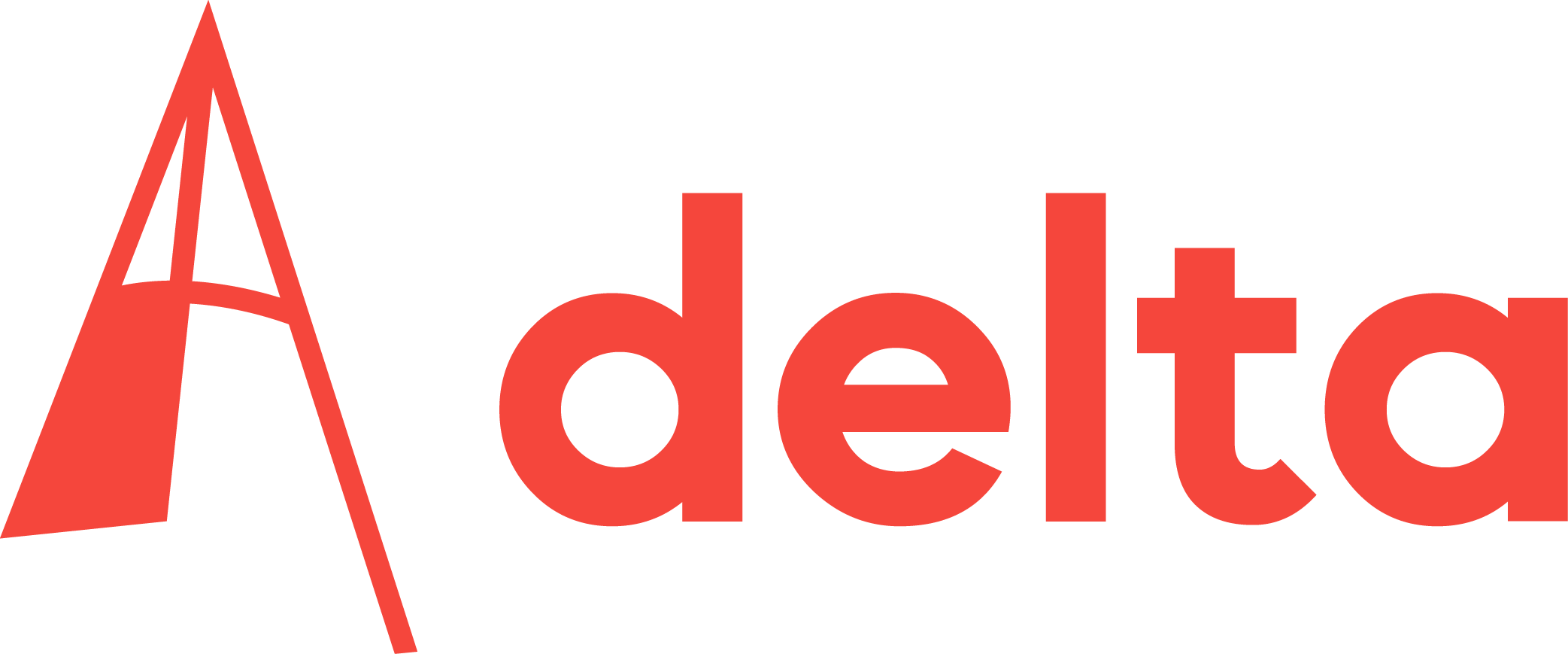De Peking University, de Harbin Institute of Technology en de Tsinghua University: allemaal hebben ze vestigingen in de stad Shenzhen in Zuidoost-China.
En straks wellicht ook de TU. Tijdens een congres over ecocities, eerder deze maand in Shenzhen, vertelde universitair hoofddocent Martin de Jong (TBM) dat zijn onderzoeksgroep Next generation Infrastructures onderzoekt of het voor de TU interessant is om een vestiging te openen in een internationale campus in een nog te bouwen duurzame stad (ecocity) aan de rand van de metropool. De Jong en zijn collega’s denken mee over de inrichting van deze nieuwe stad. Volgens De Jong kan de stad alleen een succes worden als er een internationale campus komt. Op de foto staat de campus van de Peking University Shenzhen Graduate School.
Their publication in the nanoscience magazine, Nano Letters, in June 2005 made headlines. Dr Kees Hagen and his PhD student, Willem van Dorp (particle optics at Applied Sciences), had made dots and lines finer than anyone else had achieved. The 1-nanometre (a millionth of a millimetre) wide tungsten dots they had drawn with their ‘atomic pencil’ were 50 times thinner than any other lithography technique could achieve. “Imagine a human hair as broad as the Nieuwe Waterweg, and the lines are as thin as a felt pen”, a Delta article reported at the time (23-06- 2005). The Nano Letter article was an important part of Van Dorp’s thesis.
The technology the two researchers used is known as electron beam induced deposition, or Ebid. It uses a focused electron beam to decompose metal-containing gas molecules (called the precursor gas) to create a deposit on a substrate. This happens in two steps. Highly energetic electrons from the beam hit the substrate and create secondary electrons, which then hit the gas molecules, causing the metal to be deposited on the substrate.
The researchers had achieved finer structures than anyone else thus far by using state of the art electron microscopes and short exposures. “The earlier you stop, the smaller the dot,” said Van Dorp. But he was uncertain about the purity of the deposits. The gas they used was composed of tungsten atoms with CO-groups attached to it. Van Dorp wondered how much carbon and oxygen had ended up in the deposits.
What has happened since?
Van Dorp: “I’ve been busy to improve my understanding of the process. Two years ago I spent a year at Rutgers University, in New Jersey, in Professor Ted Madey’s laboratory, where I have studied how the gas molecules decompose. This was not known, but it’s vital for a better understanding of the process.”
What did you find out?
“The decomposition is less favourable than we thought. We used gas molecules that consisted of a platinum atom with a five-carbon ring and three methyl groups. Upon deposition, only one methyl group (CH3) detached. The rest of the molecule remained behind on the surface, which is bad news since we only want the metal to be deposited.
We have been looking for ways to remove the unwanted material after deposition and we have found a few methods that work. The next step is to find gases that decompose more cleanly, so that these extra treatments are not necessary.”
How will you use your Veni grant?
“An important part of it will be spent on microscope time at the Danish Technology University near Copenhagen. Another part will be spent on consumables, gases and so on. And of course it pays for my salary as well for three years.”
What will you be doing in Denmark?
“I want to modify the electron microscope to implement a new writing strategy. Our results indicate that the deposition process is determined by chance. To deposit single atoms reproducibly, we need to eliminate this randomness. Normally an electron beam in a microscope simply scans the surfaces and reads the signal to make an image. Instead, I now want to position the beam on a certain point for deposition, and then scan around that particular point to see if something has been written. If not so, we’ll repeat the process until a deposit has been detected and move on to the next point.”
Why Groningen and not here at the Van Leeuwenhoek laboratory?
“While I was waiting for a decision about the Veni grant, my wife found a job in Groningen. So we decided to move. The University of Groningen will be my base and I’ll do the experiments in Denmark. After having done my PhD and post-doc research in Delft, it’s good to meet other people and new ideas. And I will remain attached to the TU as a visiting researcher, so I will still be in Delft a few days per month.”



Comments are closed.